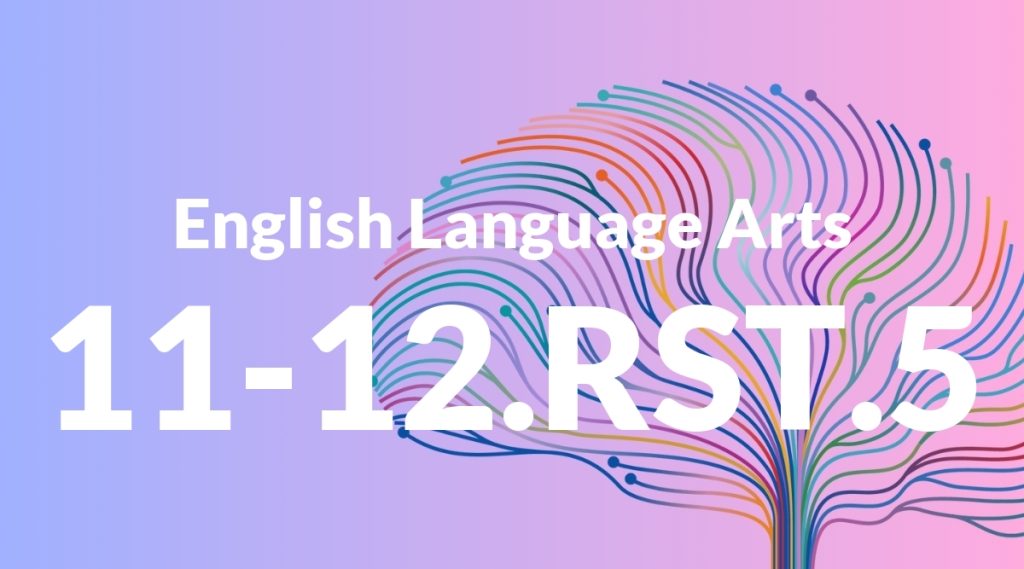Standard: 11-12.RST.5 – Analyze how the text structures information or ideas into categories or hierarchies, demonstrating understanding of the information or ideas.
Grade level: Grade 11-12
Subject: English Language Arts
Domain: Science & Technical Subjects
Teacher Overview
This standard focuses on helping students analyze how authors organize information or ideas into categories or hierarchies within texts. It is crucial for students to understand these structures to enhance their comprehension of complex scientific and technical materials. Before tackling this standard, students should be comfortable with basic text structures and identifying main ideas and supporting details in simpler texts.
Mastering this standard will enable students to critically evaluate and effectively use text structures in their own writing, enhancing their ability to convey complex information clearly.
Common Misconception 1
A common misconception is that all texts follow a single, uniform structure. This is incorrect because texts can be organized in various ways depending on the author’s purpose and the nature of the information.
Intervention 1
To address this misconception, provide examples of different text structures and engage students in activities to identify and compare these structures.
Common Misconception 2
Another misconception is that the structure of a text does not impact its comprehensibility or effectiveness. This is incorrect because the way information is organized can significantly influence how well it is understood and remembered.
Intervention 2
To remediate this misconception, involve students in exercises where they analyze and compare texts with different structures to understand the impact on comprehension.
Prerequisite Knowledge
Students should have a foundational understanding of basic text structures such as cause and effect, problem and solution, and chronological order. They should also be familiar with identifying main ideas and supporting details in a text.
Subsequent Knowledge
After mastering this standard, students will be able to critically evaluate the effectiveness of different text structures in conveying complex information. They will also be able to apply these skills in writing their own structured texts.
Instructional Activities
- Compare and contrast the structure of two scientific articles
- Create graphic organizers for different text structures
- Rewrite a passage using a different text structure
- Group discussions on the effectiveness of various text structures




